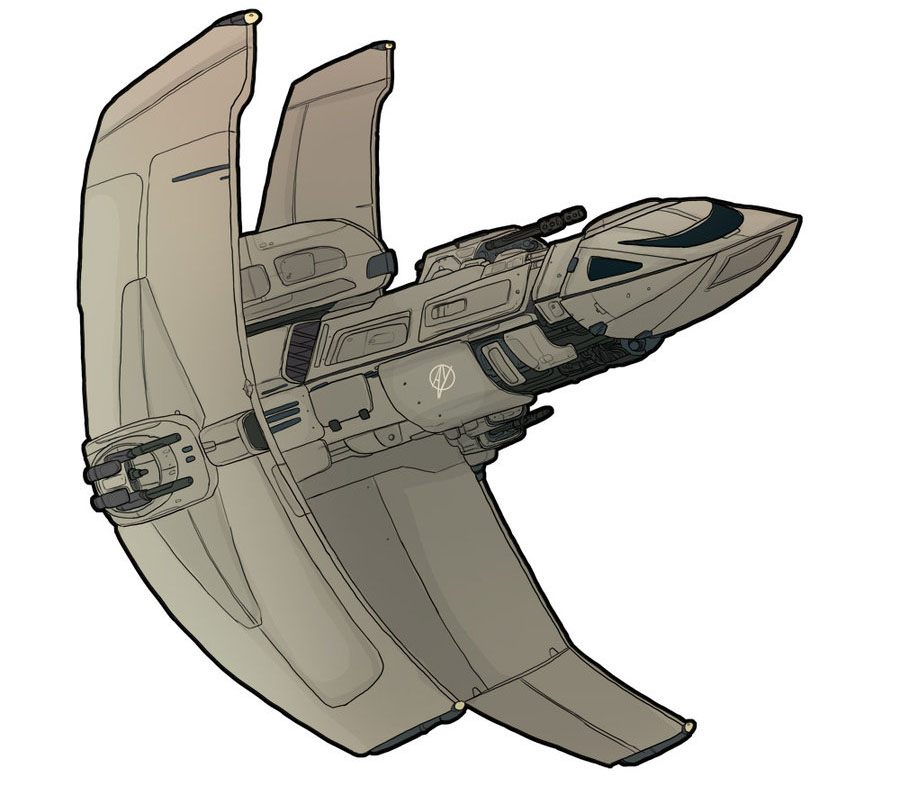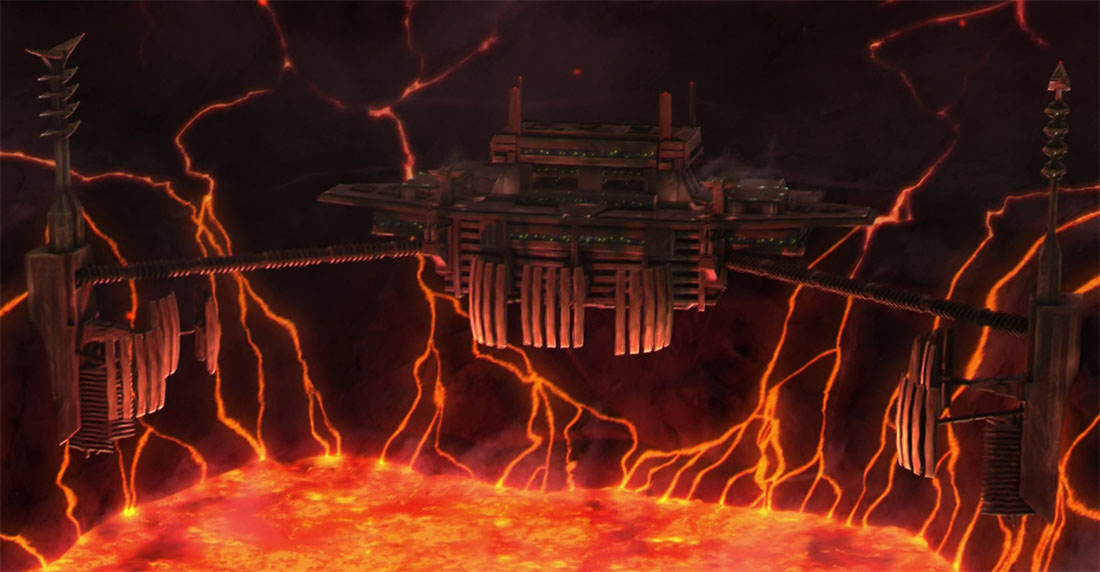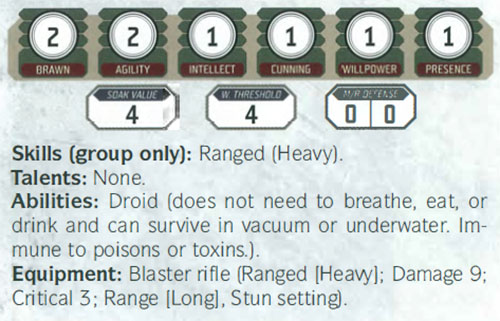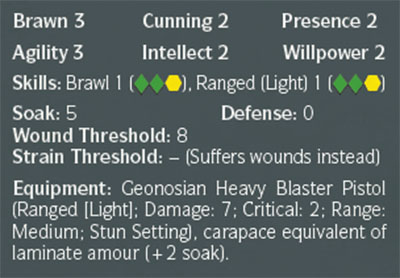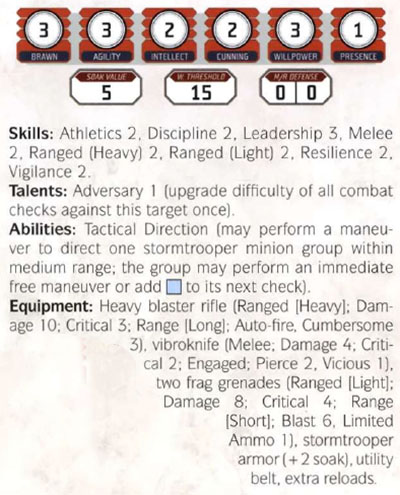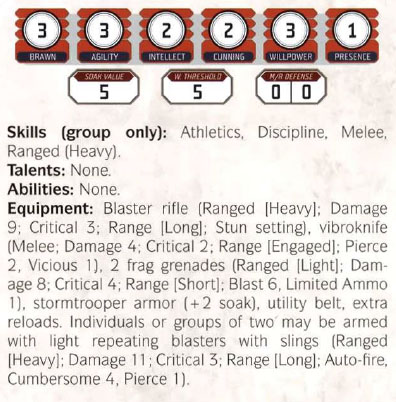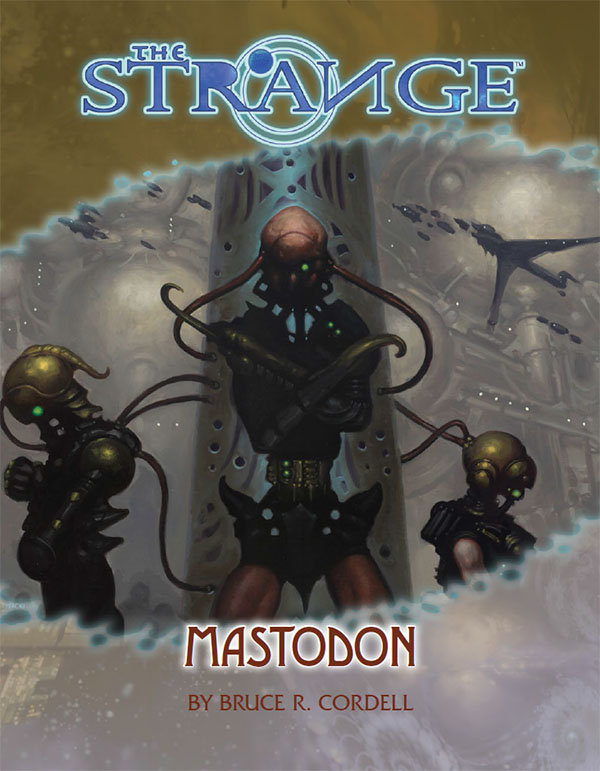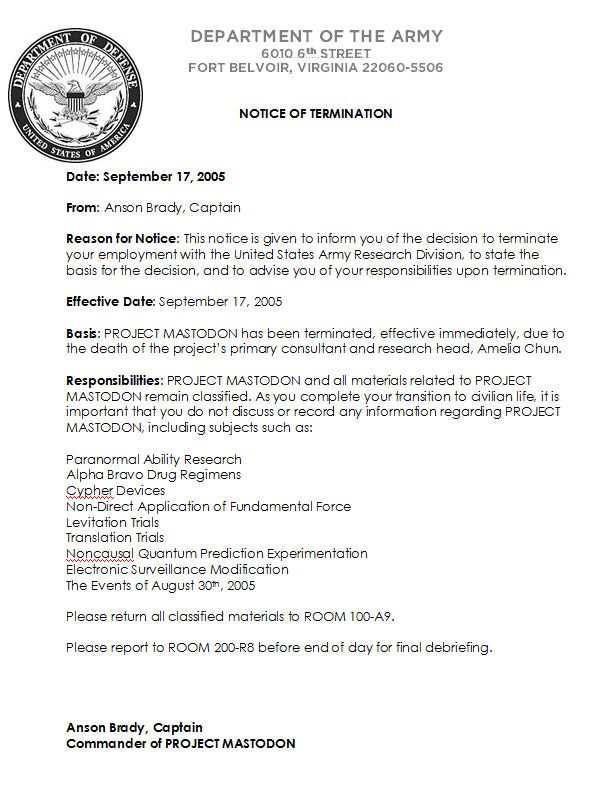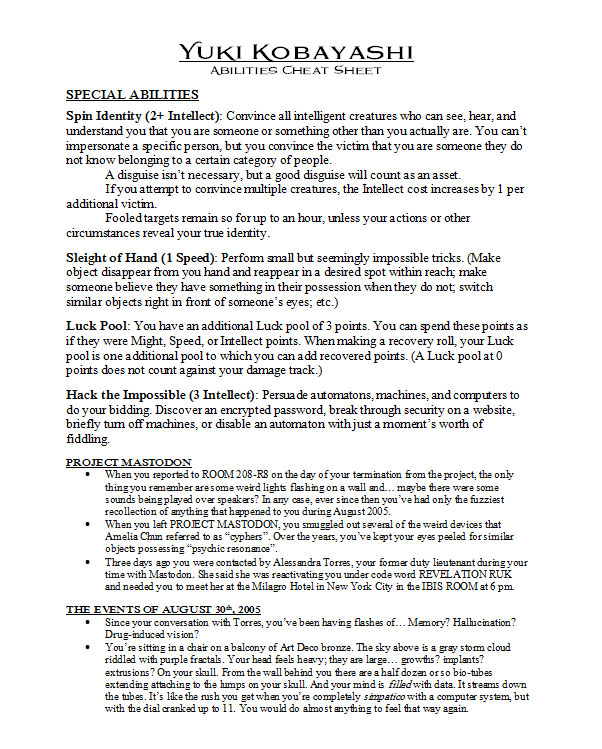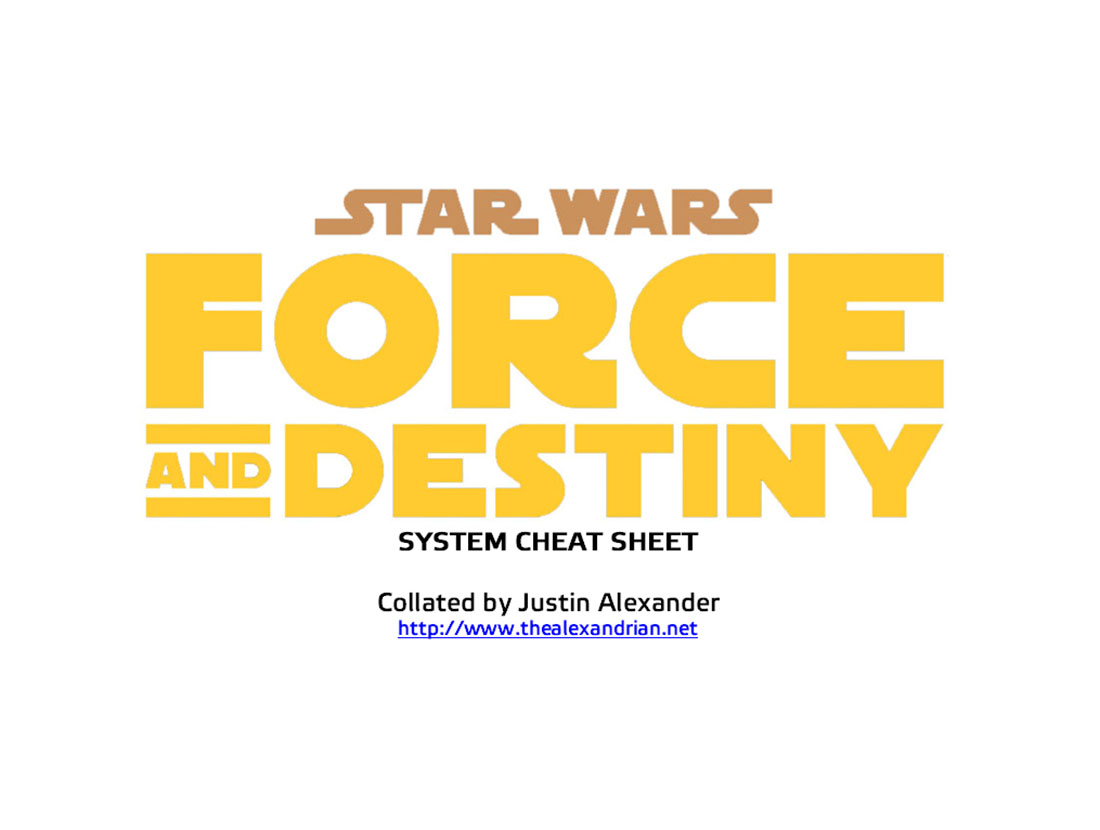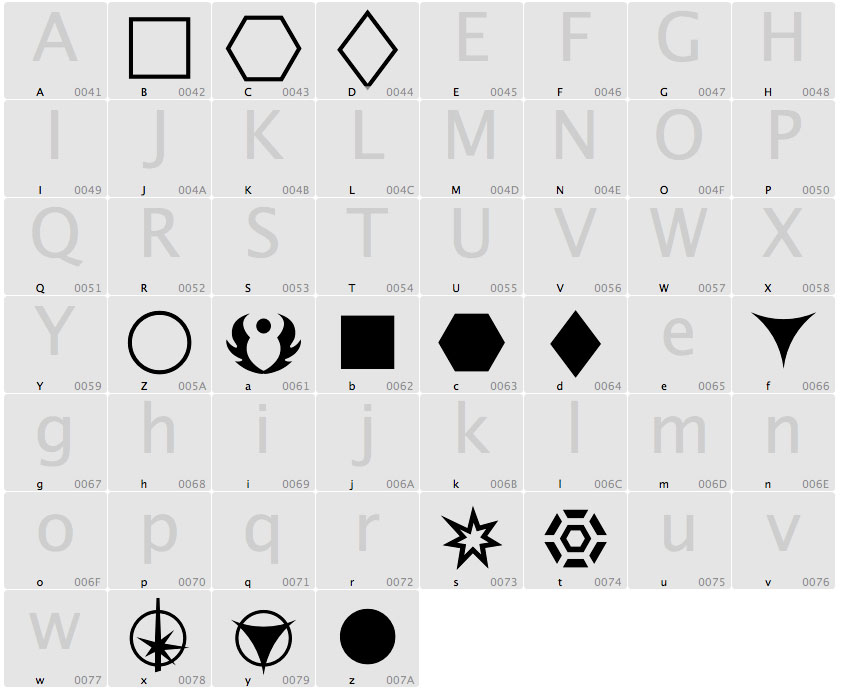The core rulebooks for Fantasy Flight’s iteration of the Star Wars Roleplaying Game are incredibly gorgeous. For several years I would walk past them in game stores, pick them up, and say, “Wow!”
Then I’d look at the price, realize I wasn’t likely to get a Star Wars game together any time in the near future, and then slowly put the book back on the shelf with a lingering pang of regret.
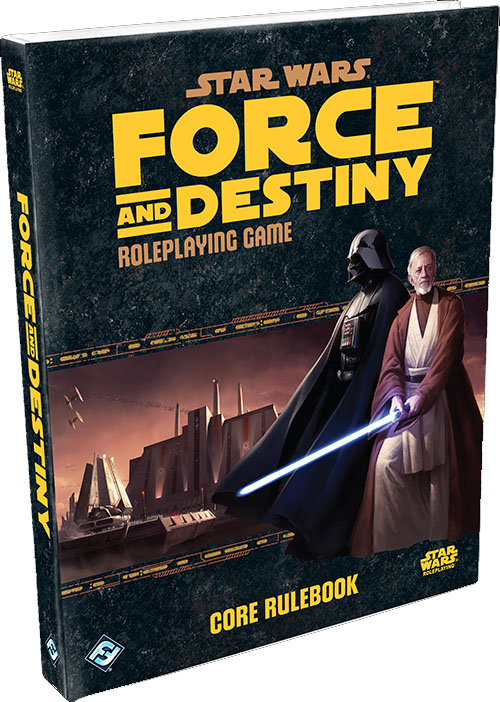 Over time, though, I started putting the book back faster and faster, and eventually I just stopped picking them up. And that’s largely because I find Fantasy Flight’s packaging of the game absurd.
Over time, though, I started putting the book back faster and faster, and eventually I just stopped picking them up. And that’s largely because I find Fantasy Flight’s packaging of the game absurd.
Back in 2012 when they released the beta version of Star Wars: Edge of Empire for $40 I didn’t have a problem with it: It provided early access to the game. Nobody was being forced to pay for it if they didn’t want to. And it wasn’t the first (nor the last) time that a beta program had a price of admission.
… but then they did it again for Age of Rebellion and for Force and Destiny. And it began to look a lot more like a marketing strategy: By executing a beta-beginning-core triumvirate for three separate games, it looked suspiciously as if Fantasy Flight Games had figured out how to sell the same core rules nine times over.
And there’s really no justification for it. The claim by the game designers that the “core experience” of the Star Wars universe is for Han Solo (Edge of Empire), Princess Leia (Age of Rebellion), and Luke Skywalker (Force and Destiny) to all adventure separately from each other is utterly bizarre.
On top of that, however, there’s the specialized dice. I don’t actually have a problem with a game using a specialized dice set, but these are sold at $15 per set… and in order to get a dice pool large enough that a table of beginning characters can reliably make their checks without having to reroll dice to form a full pool you’ll need three sets. So there’s another $45 you need to spend in order to start playing the game effectively.
Money-grubbing corporations will grub money, right? Fair enough. But I think what I find particularly frustrating is that the Star Wars roleplaying game should be a major point of entry for players new to RPGs. And that’s particularly true right now as Star Wars enters its second renaissance. And instead of opening the door wide to those new players, Fantasy Flight has packaged the game at an exorbitant price point which makes it basically as unattractive as possible.
Honestly, the cost would have kept me from ever trying the game. But I had a friend who wanted me to run it for them, and they purchased all the books and supplies. So let’s lay the cost aside and talk about the game itself.
CORE MECHANIC
In FFG’s Star Wars, your character is defined by their Characteristics and their Skills. In order to resolve an action, you take a number of Ability Dice equal to either your Characteristic or your Skill, whichever is higher. Then you upgrade a number of those Ability Dice to Proficiency Dice equal to either your Characteristic or your Skill, whichever is lower.
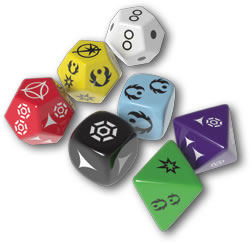 (For example, let’s say you’re making a Brawn + Athletics check and you’ve got Brawn 3 and Athletics 2. You’d take three Ability Dice because the higher score is 3. Then you’d upgrade two of those to Proficiency Dice because the lower score is 2. That would give you dice pool of one Ability Die and two Proficiency Dice.)
(For example, let’s say you’re making a Brawn + Athletics check and you’ve got Brawn 3 and Athletics 2. You’d take three Ability Dice because the higher score is 3. Then you’d upgrade two of those to Proficiency Dice because the lower score is 2. That would give you dice pool of one Ability Die and two Proficiency Dice.)
This basic pool can be then be modified in various ways: The GM can add Difficulty Dice (representing the difficulty of the task), which can be upgraded to Challenge Dice by various horrible circumstances. Particularly notable successes or failures on previous checks might also grant you Boost Dice or Setback Dice, and so forth.
The key point is that all of the dice in these pools are marked with a number of different symbols: Success, Failure, Advantage, Threat, Triumph, and Despair. You roll all the dice, you count up all the symbols and…
MECHANICAL NONSENSE
… and that’s when the hoverpads fall off the landspeeder.
After you’ve rolled the dice, you have:
(1) Success vs. Failure (these cancel, multiples successes accumulate but failures don’t)
(2) Advantage vs. Threat (these cancel, multiples of both accumulate)
(3) Triumph vs. Despair (these don’t cancel)
Ignoring quantitative differences, these give you 18 qualitative results:
Success
Failure
Success-Advantage
Success-Advantage-Triumph
Success-Advantage-Despair
Success-Advantage-Triumph-Despair
Success-Threat
Success-Threat-Triumph
Success-Threat-Despair
Success-Threat-Triumph-Despair
Failure-Advantage
Failure-Advantage-Triumph
Failure-Advantage-Despair
Failure-Advantage-Triumph-Despair
Failure-Threat
Failure-Threat-Triumph
Failure-Threat-Despair
Failure-Threat-Triumph-Despair
I’m a huge fan of systems that characterize the quality of success or failure (instead of just treating those as binary qualities). But why do we need to count each tier of dice symbols in a slightly different way? And why do we need three separate tiers of symbols? This system literally generates outcomes like, “Moderate success with something vaguely good, but also something vaguely better than vaguely good, but also something seriously bad in a vague way.”
Okay. So you flip over to the skill guidelines hoping for a little guidance… and that’s when you discover that even the designers have no idea how to use their convoluted dice system.
For example, advantage can’t turn failure into success… unless it’s a Knowledge skill, because then advantage can grant you “minor but possibly relevant information about the subject” even on a failure. (Except… if you’re gaining access to relevant information, that sounds like a success, right?)
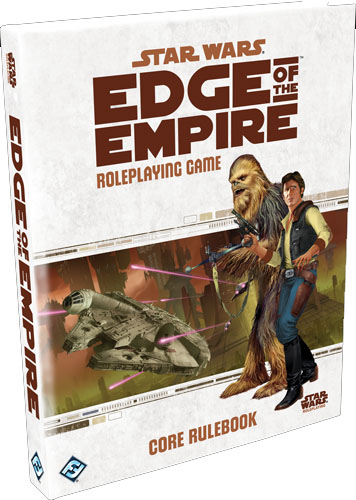 If you’re making a Computer check, then additional successes reduce the time required to make the check. But if it’s a Stealth check, then you’re going to use advantage to reduce the time required. With Skullduggery you use advantage to gain additional items, but if you’re making a Survival check you’ll use successes to gain those items.
If you’re making a Computer check, then additional successes reduce the time required to make the check. But if it’s a Stealth check, then you’re going to use advantage to reduce the time required. With Skullduggery you use advantage to gain additional items, but if you’re making a Survival check you’ll use successes to gain those items.
It goes on and on like that.
So you have a system that’s supposedly feeding you “useful” information, but the designers can’t even figure out how to interpret the results consistently despite multiple years of development and nine different products featuring the core mechanics. Why should we believe that this system is going to do anything useful at the table?
Based on my experiences running the game, it doesn’t. A system that says “success-but-complicated” or “success-but-extra-awesome” is giving you valuable guidance in adjudicating the outcome of a check. What FFG’s Star Wars gives you, on the other hand, is a tangled morass.
But maybe I was still missing something. So I talked to people who were playing the game. And what I discovered is that people who were enjoying the system were almost universally not playing it according to the rules.
Many of them weren’t even aware they were doing it. (Subconsciously house ruling away the inconsistencies in how symbols of different tiers are tallied is apparently very common, for example.) It’s as if we were talking about a car, I mentioned that the gas pedal sticks, and multiple people talking about how great the car is to drive said, “What’s a gas pedal?”
Even among those who were aware they were changing the game, it would lead to some really weird conversations where I would criticize the dice system; someone would reply to say that they loved it; I would ask what they loved about it; and then they would reply by basically saying, “I love the fact that we changed it!”
Which is, I suppose, the ultimate condemnation of the system.
THE REST OF THE SYSTEM
What about the rest of the system?
Actually, there’s some really interesting stuff in there. The way mooks are handled is really elegant, allowing the GM to rapidly group their actions together (all the mooks using suppressive fire on 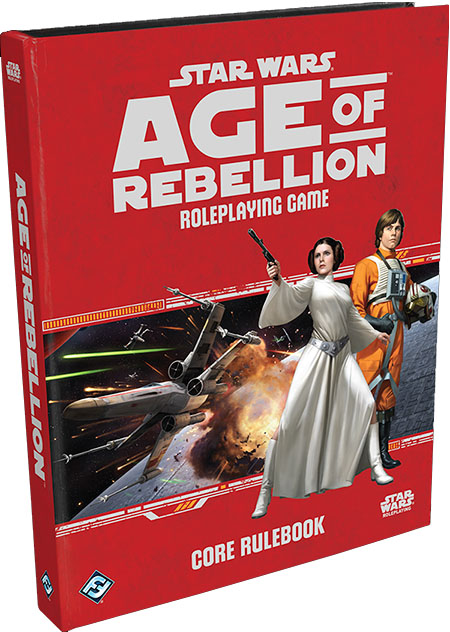 one guy) or split them apart on the fly (as the mooks pursue PCs who split up while running through the corridors of the Death Star).
one guy) or split them apart on the fly (as the mooks pursue PCs who split up while running through the corridors of the Death Star).
Also of note are the starship combat rules, which do a really nice job of creating a simple structure that (a) captures the dynamics of the dogfighting we see in the Star Wars films and (b) allows all of the PCs on a ship to take meaningful actions during the fight.
But there are two problems.
First, you can’t escape the core mechanic. It is, after all, the core mechanic. It touches everything. So, yes, the starship combat system’s mixture of starship maneuvers and starship actions creates what looks likely a really dynamic structure… but the core mechanic you’re rolling multiple times every turn is still a clunky, time-sucking disaster.
Second, the system is frankly riddled with inconsistencies.
For example, combat initiative works in all ways exactly like a competitive check… except for how ties are broken. Why?! Why would you do that?
Another example: The difficulty of a check to heal someone is dependent on how injured they are. Similarly, the difficulty of repairing your ship is dependent on how damaged it is. If you take those rules and you put them on a table, you end up with this:
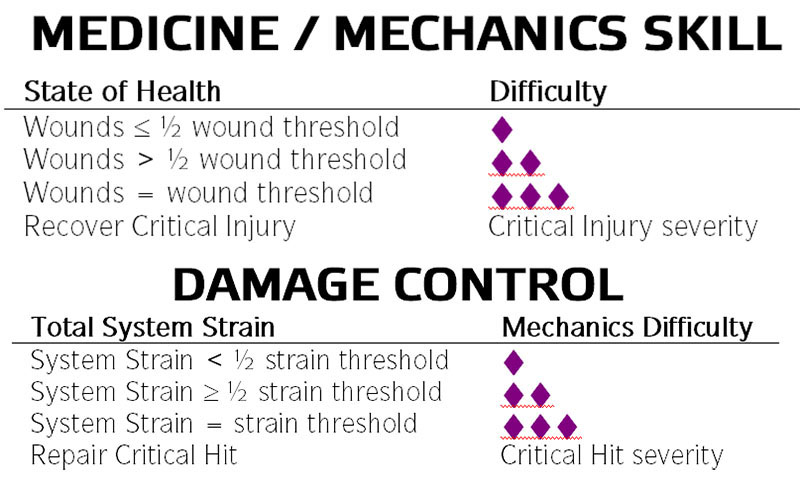
Oh! That’s nice! They’ve unified the difficulties so that you can easily memorize and use… Wait a minute.
What the hell?!
I honestly can’t tell if that’s just incredibly sloppy design or if it’s actually a revelation of Machiavellian evil. (I literally keep looking back at the rulebooks because my brain refuses to accept that this is true. But it is.)
The whole game is like this. (We’ve already talked about how the skill guidelines seem to take an almost perverse glee in never doing something the same way twice.) It’s almost as if the designers said, “This system is pretty slick and elegant… let’s go ahead and randomly change half the mechanics for no reason.”
CONCLUSION
Somewhere inside the nine core rulebooks that FFG has published, I feel like there’s a pretty good Star Wars game screaming to get out. And if you’re the type of roleplayer who’s comfortable just kind of playing vaguely in the vicinity of the actual rules, you might even be able to find it in here occasionally.
But all the clunkiness adds up.
I designed a short little scenario for the game: A few modest combats. A little investigation. Some cool set pieces.
It’s the kind of scenario that, if I was running it in most systems, would take one or two sessions to play through. As we wrapped up our fourth session, we still hadn’t finished it. The mechanics superficially lend themselves to dramatic, swashbuckling action, but the system is so sluggish in pace that even simple combat encounters drag out. The result is that the system takes narrative material and stretches it out until it has long since been drained of interest. It’s bloated, unfocused, and…
Ah. I know what this reminds me of.
FFG’s game is the Special Edition of Star Wars roleplaying games.
Style: 5
Substance: 1
(Substance would be a 2, but you have to buy the game a minimum of three times to get all the rules to play something resembling any of the Star Wars movies. So, weighing its value against the actual price of $180… nah. And that doesn’t even include the dice.)
Author: Jay Little, Sam Stewart, and FFG Development Team
Publisher: Fantasy Flight Games
Cost: $59.95
Page Count: 456
ISBN: 978-1-63344-122-4
FFG STAR WARS – FURTHER READING
Review of Force and Destiny
Force and Destiny: System Cheat Sheet
FFG Star Wars: The Big Fix
Star Wars: Red Peace

